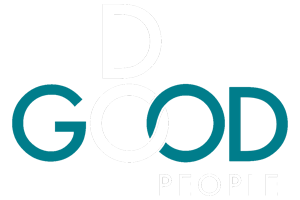Many companies have understood and encouraged diversity among their organization, but many have also encountered the challenge of managing it properly for it to be healthy and productive.
It is hard to ignore the benefits of a diverse work environment nowadays; in fact, the globalized nature of our societies make it even harder not to make diversity a basic quality in the workplace.
However, among the most prominent challenges for HR departments currently, is that of managing diversity. This is, although it is beneficial, it does not come out of the blue, but rather it is something that needs to be taken care of for it to thrive in a healthy and productive manner.

The benefits of a diverse workplace
In a nutshell, diversity means creating an environment that is rich in ideas and can generate a purpose for people to feel aligned to, inevitably resulting in a better assessment of consumers interests and demands.
There are in fact plenty of studies to support the benefits of diversity and inclusivity in the workplace. There is even a link between such diversity qualities and a better company performance, as it enhances productivity and decision making processes, and it improves employee experience and engagement.
Managing diversity in the workplace
However, claiming to have a diverse and inclusive work environment is not what makes these qualities thrive as mentioned above. Managing diversity is just as important as diversity itself; this is, having the right tools, mechanisms and corporate proceses to make sure diversity is being enhanced.

Managing diversity is about recognizing people’s differences as valuable and important, promoting good practices and preventing discrimination.
Defining diversity
The first step is to understand the entire scope of diversity. Many believe a diverse workplace is one with people from different ethnicities, religions, gender etc. But diversity encompasses much more than that. It goes from geographical and cultural backgrounds to income, socio-economic background, education, experience, age…
Diversity means all things that make us different as people and as employees, and so it is not only important to define these parameters, but also to understand how the latter can affect performance, motivation or interactions with others, in order to remove all possible barriers or challenges to diversity.
Fair or same treatment?
A common thought (and mistake) is to assume that treating everyone the same is what’s right. But diversity calls for quite the opposite: understanding that respect and fairness may not look the same for everyone. Good managing calls for an acknowledgement of such difference between being fair and treating everybody the same.

Developing the right skills
Unfortunately it is hard to get our hands on a guided step by step book on how to manage diversity. The concept of diversity in and of itself makes it a paradox to have a one size fits all approach to diversity management.
But having the right personal and professional skills and knowledge can help deal with the many dimensions of diversity and its challenges. For example, understanding that diversity is an element of absolutely every single management process, and not an exception.
Also, on the personal side of things, learning to acknowledge and be self-aware of the cultural, social and other biases and stereotypes that one may have is crucial to develop a willingness to challenge and change structural or corporate practices that serve as a barrier for healthy and productive diversity.
A culture of sustainability to enhance diversity
In DoGood we believe that working collectively can help us find that which alone may seem unattainable or unimportant. That is why we think the workplace is the perfect environment to find that collective eagerness to make a difference, both for the sustainability and purpose of the company and a more sustainable way of being for all employees.
Through our technology we help companies establish ESG impact objectives for employees in regards to the sustainability strategy of the company. We are able to activate and track employees’ impact, creating engagement that translates into improved ESG metrics, reputational value and an overall positive impact for the environment and society.







